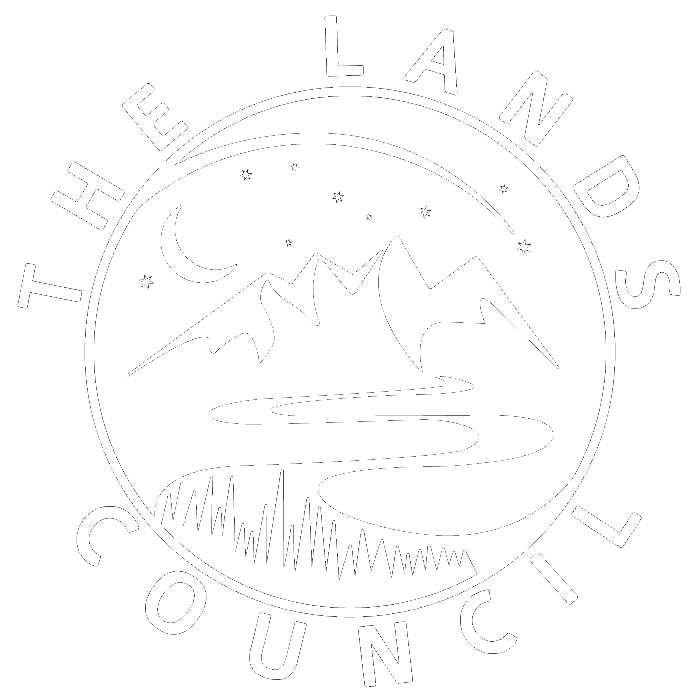By Mike Petersen
The Lands Council, along with our partner Spokane Ponderosa, is dedicated to the preservation and revitalization of the native Ponderosa pine urban forest found throughout Spokane County. The cities of Spokane County are enriched by the native Ponderosa forests that distinguish us from Midwestern and Eastern cities. Our goal is to help retain as many Ponderosa pine as possible and plant new ones in many areas such as the North Spokane Corridor - and your yard!
We are a champion for urban Ponderosa pine forests in Spokane County. Ponderosa pine add value to your home, regulate the temperature of your neighborhood, and provide food for wildlife. They love sunny spots, need little water once established, and their needles quickly compost and add to soil fertility.
We work to educate and inform the public, developers, and design professionals on the benefits of Ponderosa pine. We also assist in the efforts of local municipalities to establish best practice policies for the care of our urban forests. And we plant thousands of Ponderosa pine every year!
Ponderosa pine:
Is Spokane County’s primary native tree
Provides the advantages of a large tree species without supplemental watering, fertilizer, or insecticides once established
Is approved for storm pond and swale planting in the City of Spokane
Is an approved City of Spokane street tree
Provides erosion control and improves water quality
Is fire resistant and has few pests
Requires less water than non-native tree species, freeing up our aquifer for other uses
Will generally not buckle sidewalks and driveways, unlike many great street trees such as London plane, maples, and oaks
Saves the City of Spokane $210,000 per year in mitigation through rain interception and storage in storm water absorption
More Facts about Ponderosa Pine
The Ponderosa pine, also known as the yellow pine, is found from southern Canada into Mexico, and from Nebraska and Oklahoma all the way to the Pacific Coast. Ponderosa pine is able to grow on dry sites due its vigorous rooting system. Seedlings put out a taproot which can grow up to 20 inches or more in the first two months, in well-watered soils. Mature trees have roots down to 6 feet in porous soils and may extend laterally 150 feet in open stands. In denser stands, roots are generally as wide as the tree's crown. The largest recorded diameter was over 8 1/2 feet. The tallest tree was 232 feet, and the oldest tree was 600 years.
Please join us for Reforest Spokane Day on October 10th and 11th. This year’s event will be two days and we will plant in shifts to properly maintain distance. Find more information here: https://landscouncil.org/events/reforest-spokane-day.


